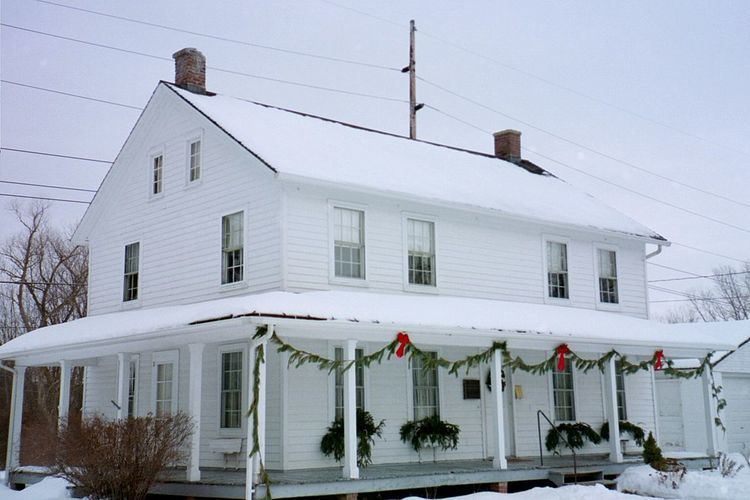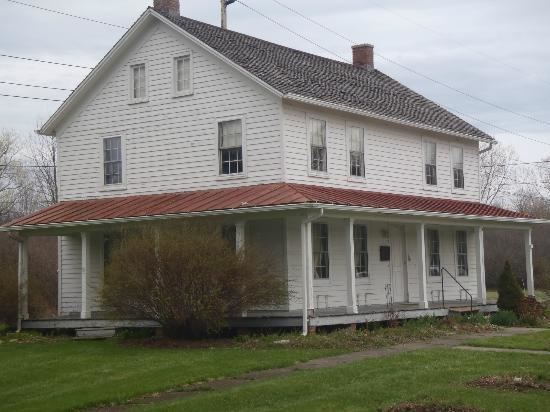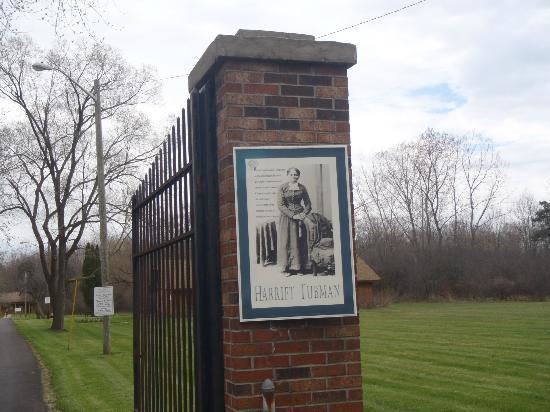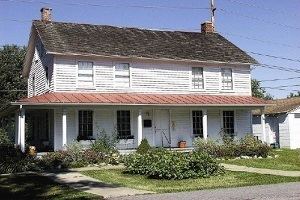Location Auburn, New York Designated NHP January 10, 2017 Area 2 ha | Designated NHL May 30, 1974 Opened 1908 | |
 | ||
NRHP Reference # 74001222 (original)
01000073 (increase) Added to NRHP May 30, 1974 (original)
January 3, 2001 (increase) Similar Harriet Tubman Home, Fort Hill Cemetery, William H Seward House, Harriet Tubman Museum, Harriet Tubman Grave | ||
Mikulski calls for action on harriet tubman national historical parks legislation
This article is about the historical park in New York. For the one in Maryland, see Harriet Tubman Underground Railroad National Historical Park.

Harriet Tubman National Historical Park is a United States historical park in Auburn and Fleming, New York, associated with the life of Harriet Tubman. It comprises three properties: the Harriet Tubman Home for the Aged, in Auburn; the nearby Harriet Tubman Residence (just across the city/town line in Fleming); and the Thompson A.M.E. Zion Church in Auburn. They are located at 180 and 182 South Street, and 33 Parker Street, respectively. The Zion Church unit is administered by the U.S. National Park Service (NPS), while the South Street properties, including a historic barn and a visitor center, are jointly managed and operated by both the NPS and the Harriet Tubman Home, Inc. The A.M.E. Zion Church also works with the NPS in park operations. The Harriet Tubman Grave in nearby Fort Hill Cemetery is not park of the park.

The group of properties also makes up a National Historic Landmark, the first parcel having been declared in 1974, with two others added in 2001.
Harriet Tubman was a major "conductor" on the Underground Railroad, and known as "the Moses of her people". She moved to Auburn with her parents after spending eight to ten years in St. Catharines, Ontario. She continued working as a suffragist, and worked all her life to care for others who were unable to care for themselves.

The Harriet Tubman Home for the Aged is the house where she fulfilled her dream of opening a home for indigent and elderly African-Americans. In 1911 she was admitted there, herself, and remained there until her death in 1913.

The Harriet Tubman Residence was the home of Harriet Tubman during much of the time she lived in Auburn, from 1859 through 1913. The land was sold to Tubman in 1859 by then-Senator William H. Seward.

Thompson A.M.E. Zion Church is an African Methodist Episcopal Zion Church where Harriet Tubman attended services. Later in her life, she deeded the Home for the Aged to the church, for it to manage after her death.
National Historical Parks
The park in Auburn was established on January 10, 2017, at a signing ceremony at the United States Department of the Interior in Washington, DC. Interior Secretary Sally Jewell was joined by New York lawmakers, local and federal officials in creating the 51st National Historical Park, and the 414th US national park system unit. The park will focus on the later years of Tubman's life.
The park joins another NPS area in Maryland in interpreting the life of Tubman. Harriet Tubman Underground Railroad National Historical Park includes her birthplace and Underground Railroad routes in three counties of Maryland's Eastern Shore. This "sister" park in Maryland was established first, on December 19, 2014, incorporating much of the previously-authorized Harriet Tubman Underground Railroad National Monument, which had been designated in 2013.
Tubman moved to Auburn, New York, after spending eight to 10 years in St. Catharines, Ontario, from which she also moved her parents. Tubman's life is commemorated in the Ontario city at Salem Chapel National Historic Site, the church she frequented, and still home to an active congregation. Federal plaques there include one which bears witness to her designation as a National Historic Person.
